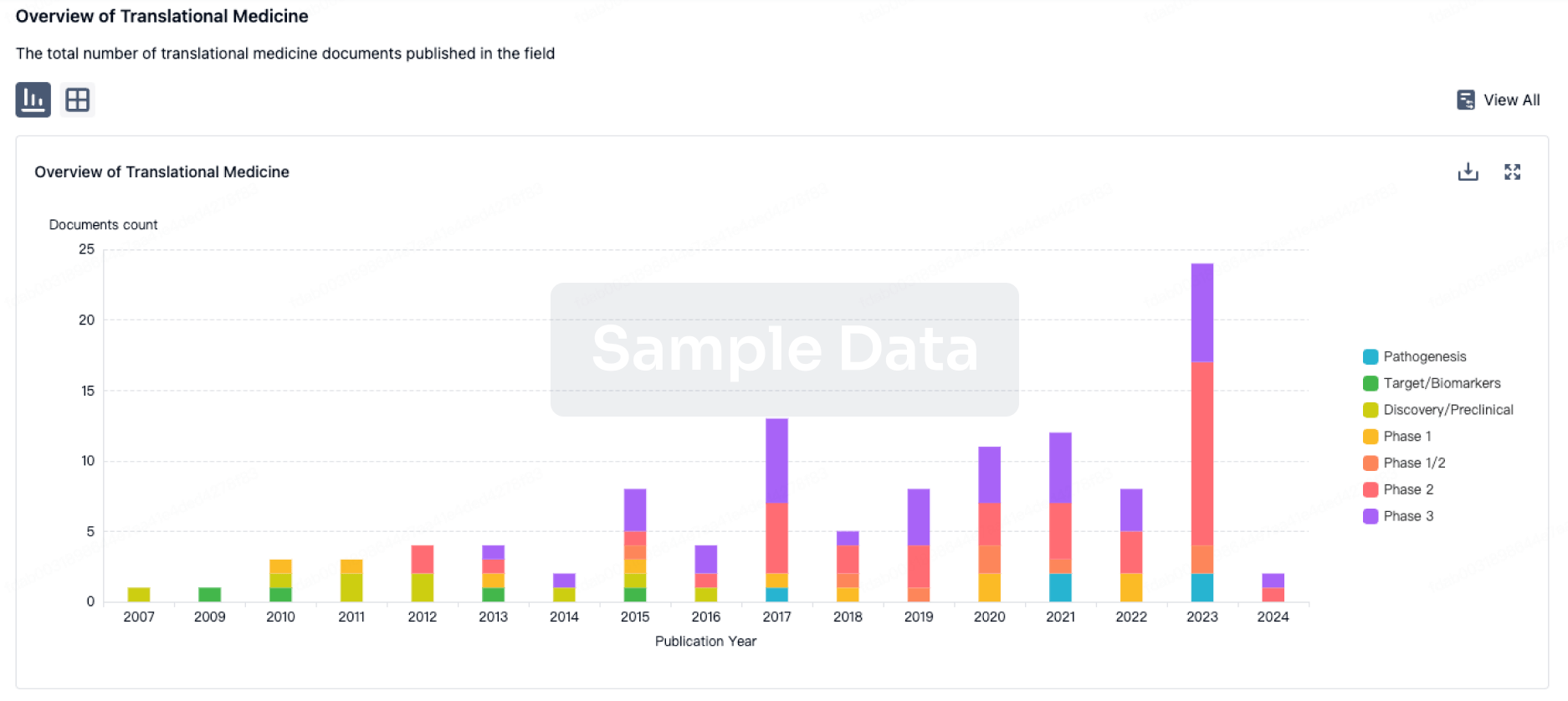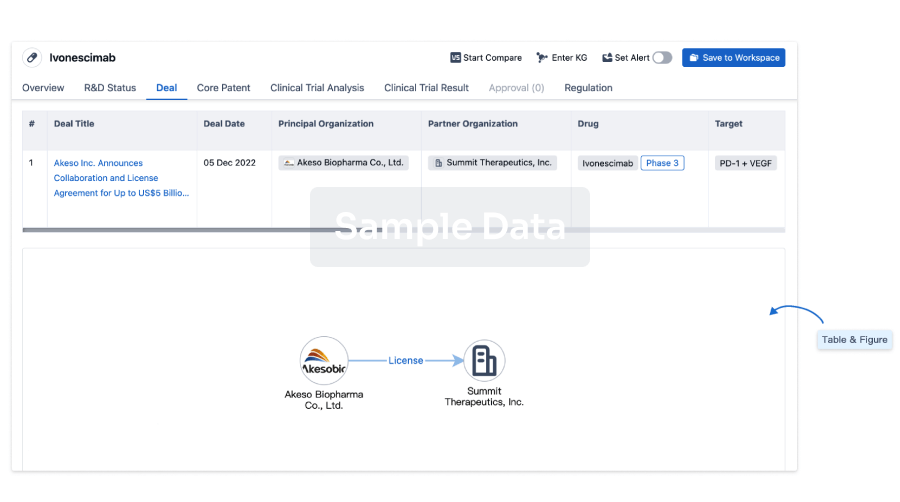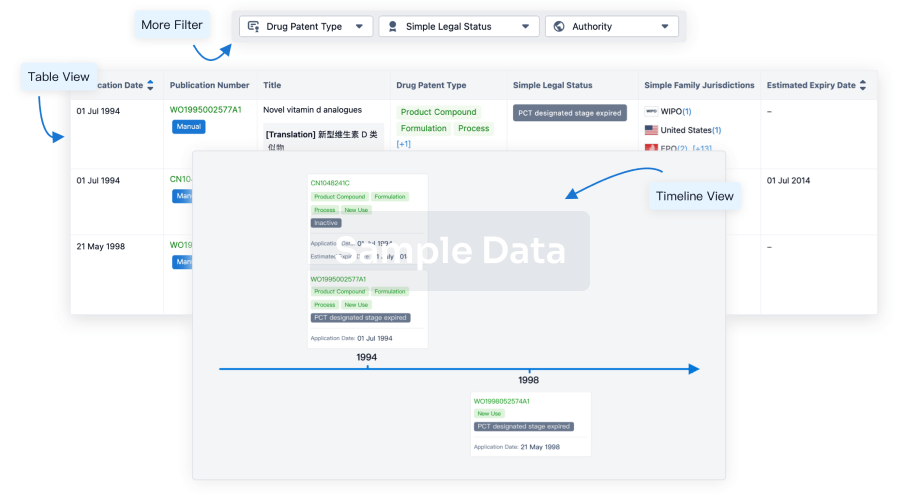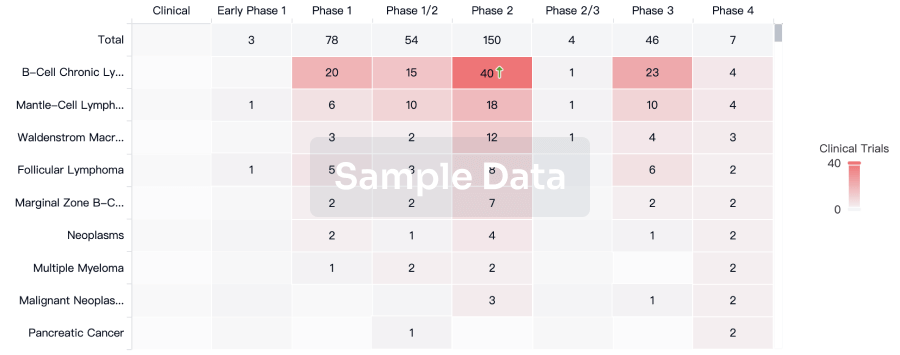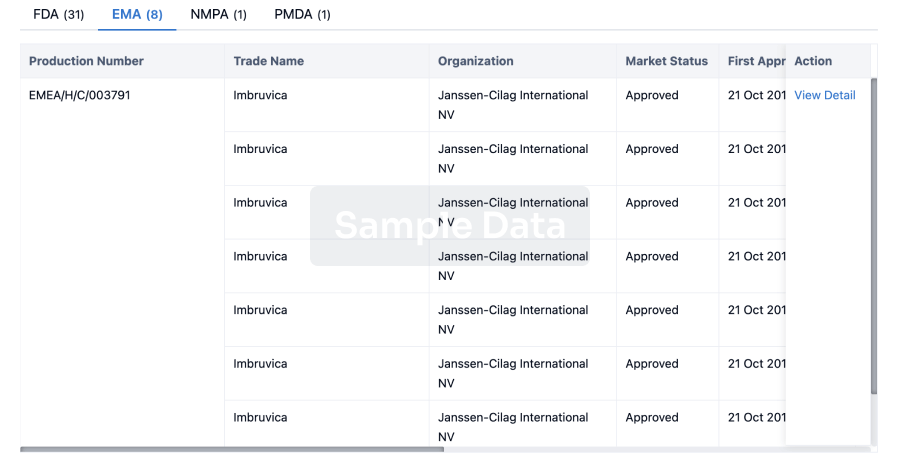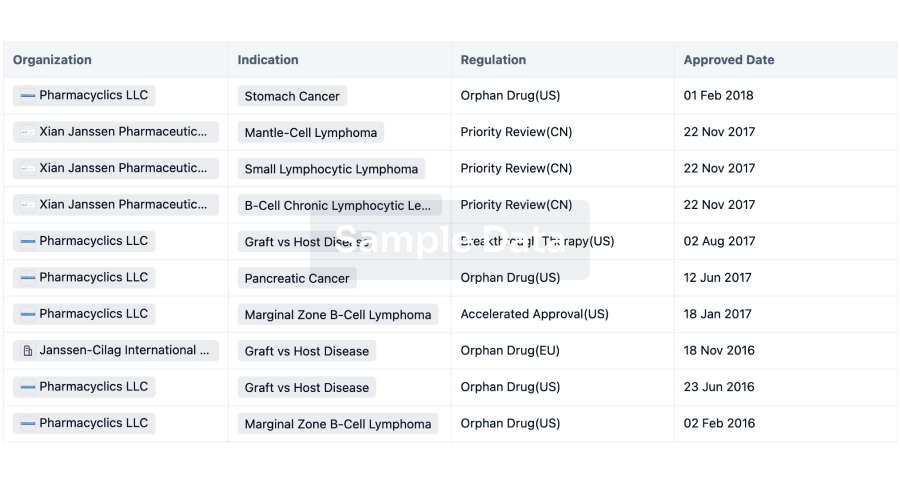Q4 · MEDICINE
ArticleOA
Author: Rabbani, Ali ; Nouri, Masoumeh ; Ashrafi, Mahmoud Reza ; Heidari, Morteza ; Taghdiri, Mohammad Mehdi ; Pak, Neda ; Amanat, Man ; Shodjaee, Razieh ; Shamsabadi, Farhad Mahvelati ; Masoomi, Safdar ; Mohammad, Monireh ; Ghofrani, Mohammad ; Alizadeh, Houman ; Mohamadpour, Masood ; Gholami, Mona ; Zarrabi, Morteza ; Malamiri, Reza Azizi ; Javadzadeh, Mohsen ; Mohebbi, Ali ; Hamidieh, Amir Ali ; Moaiedi, Ali Reza ; Karimi, Hossein ; Mohammadi, Mahmoud ; Noparast, Zahra ; Akbari, Masood Ghahvechi ; Rahimi-Dehgolan, Shahram ; Montazerlotfelahi, Hadi ; Rahimi, Rosa ; Valizadeh, Amir ; Dehghan, Ensieh ; Mohseni, Mohamad Javad ; Vafaei, Nahid ; Samimi, Solaleh ; Koochakzadeh, Leyli ; Zamani, Gholam Reza ; Abroun, Saeed ; Badv, Reza Shervin ; Goudarzi, Mehrdad ; Tavasoli, Ali Reza ; Vosough, Massoud ; Majmaa, Anahita ; Hassanpour, Seyed Hossein
AbstractIntroductionThe current multi-center, randomized, double-blind study was conducted among children with cerebral palsy (CP) to assess the safety and efficacy of umbilical cord blood mononuclear cell (UCB-MNC). We performed the diffusion tensor imaging to assess the changes in the white matter structure.MethodsMales and females aged 4 to 14 years old with spastic CP were included. Eligible participants were allocated in 4:1 ratio to be in the experimental or control groups; respectively. Individuals who were assigned in UCB-MNC group were tested for human leukocyte antigen (HLA) and fully-matched individuals were treated with UCB-MNCs. A single dose (5 × 106 /kg) UCB-MNCs were administered via intrathecal route in experimental group. The changes in gross motor function measure (GMFM)-66 from baseline to one year after treatment were the primary endpoints. The mean changes in modified Ashworth scale (MAS), pediatric evaluation of disability inventory (PEDI), and CP quality of life (CP-QoL) were also evaluated and compared between groups. The mean changes in fractional anisotropy (FA) and mean diffusivity (MD) of corticospinal tract (CST) and posterior thalamic radiation (PTR) were the secondary endpoints. Adverse events were safety endpoint.ResultsThere were 72 included individuals (36 cases in each group). The mean GMFM-66 scores increased in experimental group; compared to baseline (+ 9.62; 95%CI: 6.75, 12.49) and control arm (β: 7.10; 95%CI: 2.08, 12.76; Cohen’s d: 0.62) and mean MAS reduced in individuals treated with UCB-MNCs compared to the baseline (-0.87; 95%CI: -1.2, -0.54) and control group (β: -0.58; 95%CI: -1.18, -0.11; Cohen’s d: 0.36). The mean PEDI scores and mean CP-QoL scores in two domains were higher in the experimental group compared to the control. The imaging data indicated that mean FA increased and MD decreased in participants of UCB-MNC group indicating improvements in white matter structure. Lower back pain, headaches, and irritability were the most common adverse events within 24 h of treatment that were related to lumbar puncture. No side effects were observed during follow-up.ConclusionsThis trial showed that intrathecal injection of UCB-MNCs were safe and effective in children with CP.Trial RegistrationThe study was registered with ClinicalTrials.gov (NCT03795974).
